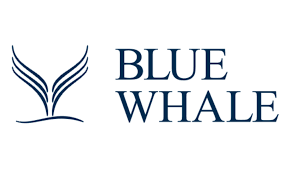If you have been looking for Large Cap Blend fund category, a potential starting could be Vanguard Diversified Equity Investor (VDEQX). VDEQX possesses a Zacks Mutual Fund Rank of 3 (Hold), which is based on various forecasting factors like size, cost, and past performance.
We note that VDEQX is a Large Cap Blend option, an area loaded with different options. More often than not, Large Cap Blend mutual funds invest in companies with a market cap of over $10 billion. Buying stakes in bigger companies offer these funds more stability, and are well-suited for investors with a ” buy and hold ” mindset. Additionally, blended funds mix large, more established firms into their portfolios, giving investors exposure to value and growth opportunities.
VDEQX is a part of the Vanguard Group family of funds, a company based out of Malvern, PA. The Vanguard Diversified Equity Investor made its debut in June of 2005 and VDEQX has managed to accumulate roughly $2.94 billion in assets, as of the most recently available information. A team of investment professionals is the fund’s current manager.
Of course, investors look for strong performance in funds. VDEQX has a 5-year annualized total return of 14.21% and it sits in the bottom third among its category peers. But if you are looking for a shorter time frame, it is also worth looking at its 3-year annualized total return of 9.98%, which places it in the bottom third during this time-frame.
It is important to note that the product’s returns may not reflect all its expenses. Any fees not reflected would lower the returns. Total returns do not reflect the fund’s [%] sale charge. If sales charges were included, total returns would have been lower.
When looking at a fund’s performance, it is also important to note the standard deviation of the returns. The lower the standard deviation, the less volatility the fund experiences. The standard deviation of VDEQX over the past three years is 18.1% compared to the category average of 21.28%. The standard deviation of the fund over the past 5 years is 19.83% compared to the category average of 21.37%. This makes the fund less volatile than its peers over the past half-decade.
Investors should note that the fund has a 5-year beta of 1.07, which means it is hypothetically more volatile than the market at large. Another factor to consider is alpha, as it reflects a portfolio’s performance on a risk-adjusted basis relative to a benchmark-in this case, the S&P 500. The fund has produced a negative alpha over the past 5 years of -1.44, which shows that managers in this portfolio find it difficult to pick securities that generate better-than-benchmark returns.




